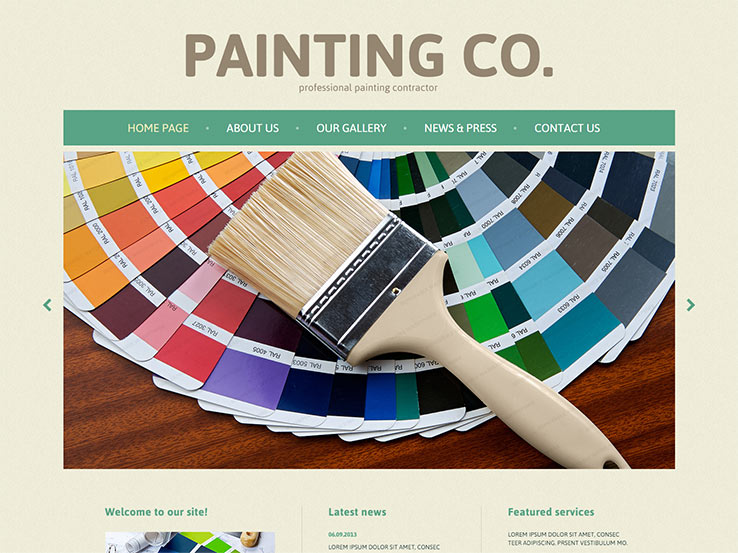Learn More About The Methods Which Seasonal Elements Can Influence The Success Of Industrial Outside Painting And Establish The Very Best Times To Attain Lasting Results For Your Task
Learn More About The Methods Which Seasonal Elements Can Influence The Success Of Industrial Outside Painting And Establish The Very Best Times To Attain Lasting Results For Your Task
Blog Article
Material Author-Carlson Skafte
When you're preparing a business external paint project, seasonal factors can make or break your results. You'll want to think about exactly how temperature level and humidity impact paint application and drying out times. Choosing the best season can ensure your paint adheres appropriately and lasts much longer. However which periods are really the very best for this sort of job? Let's discover the crucial elements that can affect your job's success.
The Impact of Temperature on Paint Application
When you're preparing an industrial outside painting task, the temperature can substantially influence exactly how well the paint sticks and dries.
Preferably, you wish to repaint when temperatures range between 50 ° F and 85 ° F. If it's too chilly, the paint may not heal appropriately, resulting in concerns like peeling off or splitting.
On the other side, if it's also warm, the paint can dry as well swiftly, protecting against appropriate bond and resulting in an irregular coating.
You need to likewise take into consideration the time of day; early morning or late afternoon supplies cooler temperatures, which can be more desirable.
Always check read the article for the details paint you're making use of, as they often provide advice on the optimal temperature array for optimal outcomes.
Humidity and Its Effect on Drying Times
Temperature isn't the only ecological variable that affects your industrial outside paint job; humidity plays a substantial role also. High humidity levels can decrease drying times considerably, affecting the overall quality of your paint task.
When the air is filled with dampness, the paint takes longer to treat, which can bring about problems like poor adhesion and a greater risk of mildew development. If you're painting on a specifically damp day, be planned for extensive delay times between coats.
Highly recommended Webpage to keep an eye on neighborhood climate condition and strategy accordingly. Ideally, go for humidity degrees in between 40% and 70% for optimum drying.
Maintaining these consider mind guarantees your project remains on track and provides a long-term surface.
Best Seasons for Commercial Outside Painting Projects
What's the most effective time of year for your business external paint tasks?
Spring and very early autumn are generally your best bets. During these periods, temperature levels are moderate, and moisture degrees are commonly lower, producing suitable problems for paint application and drying.
Prevent summer's intense heat, which can cause paint to dry too promptly, bring about poor adhesion and surface. Likewise, winter season's cold temperatures can hinder proper drying out and healing, risking the long life of your paint job.
Go for days with temperatures in between 50 ° F and 85 ° F for ideal results. Remember to check the neighborhood weather forecast for rainfall, as damp conditions can wreck your job.
Planning around these elements ensures your paint project runs efficiently and lasts much longer.
Verdict
To conclude, intending your commercial exterior paint projects around seasonal factors to consider can make a considerable difference in the end result. By organizing job throughout the ideal temperatures and moisture levels, you'll make certain much better adhesion and drying times. Remember to watch on neighborhood weather prediction and select the correct time of year-- spring and early loss are your best options. Taking these steps will certainly aid you attain a sturdy and expert finish that lasts.
